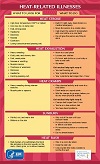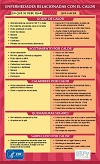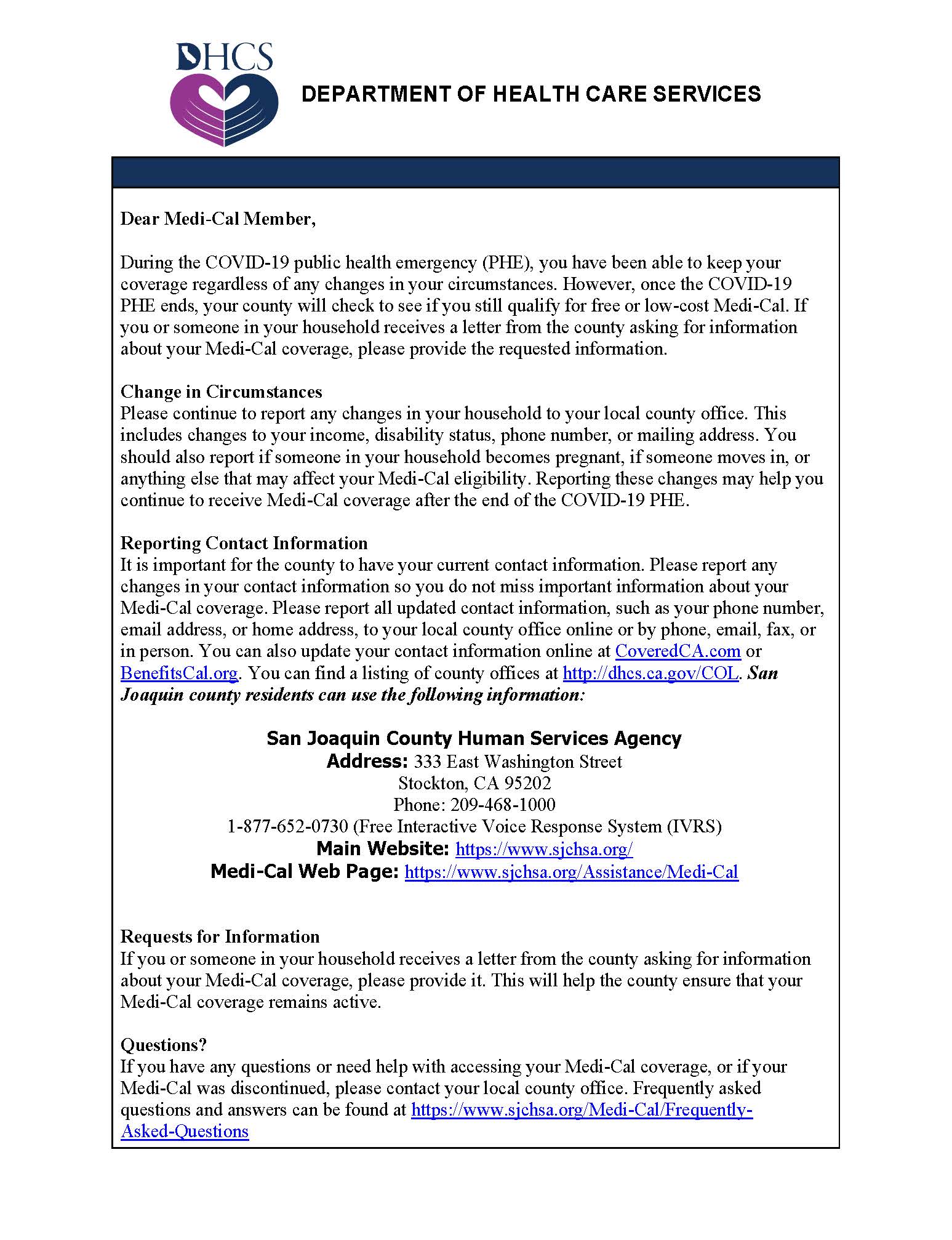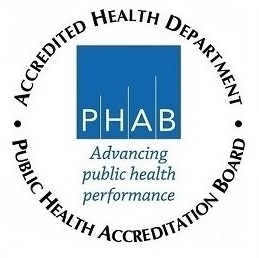Extreme Heat and Your Health
Be aware of yours and others’ risk for heat stroke, heat exhaustion, heat cramps and fainting. To avoid heat stress, you should:
- Drink a glass of fluid every 15 to 20 minutes and at least one gallon each day.
- Avoid alcohol and caffeine. They both dehydrate the body.
- Wear light-colored, loose-fitting clothing.
- Stay cool indoors ‐ if your home is not air conditioned, visit public facilities such as shopping malls and libraries to stay cool.
- Take frequent cool showers or baths.
- If you feel dizzy, weak, or overheated, go to a cool place. Sit or lie down, drink water, and wash your face with cool water. If you don't feel better soon, get medical help quickly.
- Work during cooler hours of the day when possible, or distribute the workload evenly throughout the day.
Heat stroke is the most serious heat illness. It happens when the body can’t control its own temperature and its temperature rises rapidly. Sweating fails and the body cannot cool down. Body temperature may rise to 106°F or higher within 10 to 15 minutes. Heat stroke can cause death or permanent disability if emergency care is not given.
Warning signs of heat stroke vary but can include:
- Red, hot, and dry skin (no sweating)
- Rapid, strong pulse
- Throbbing headache
- Dizziness, nausea, confusion, or unconsciousness
- An extremely high body temperature (above 103°F)
If you suspect someone has heat stroke, follow these instructions:
- Immediately call 911 for medical attention.
- Get the person to a cooler area.
- Cool the person rapidly by immersing him/her cool water or a cool shower, or spraying or sponging him/her with cool water. If the humidity is low, wrap the person in a cool, wet sheet and fan him/her vigorously.
- Monitor body temperature and continue cooling efforts until the body temperature drops to 101-102°F.
- Do not give the person alcohol to drink. Get medical assistance as soon as possible.
- If emergency medical personnel do not arrive quickly, call the hospital emergency room for further instructions.
For more information on heat-related illnesses and treatment, see the Centers for Disease Control (CDC) Extreme Heat web site.
Visit the San Joaquin County Office of Emergency Services website at http://www.sjgov.org/oes/ for local information and resources.
California Office of Emergency Services provides its own Extreme Heat Page
Information for workers can be found on the NIOSH web page Working in Hot Environments. NIOSH also has general information about heat stress: Heat Stress, NIOSH (National Institute for Occupational Safety and Health).
 Beat The Heat Poster (English/PDF) |
 Ganale al Calor cartel (Spanish/PDF) |






